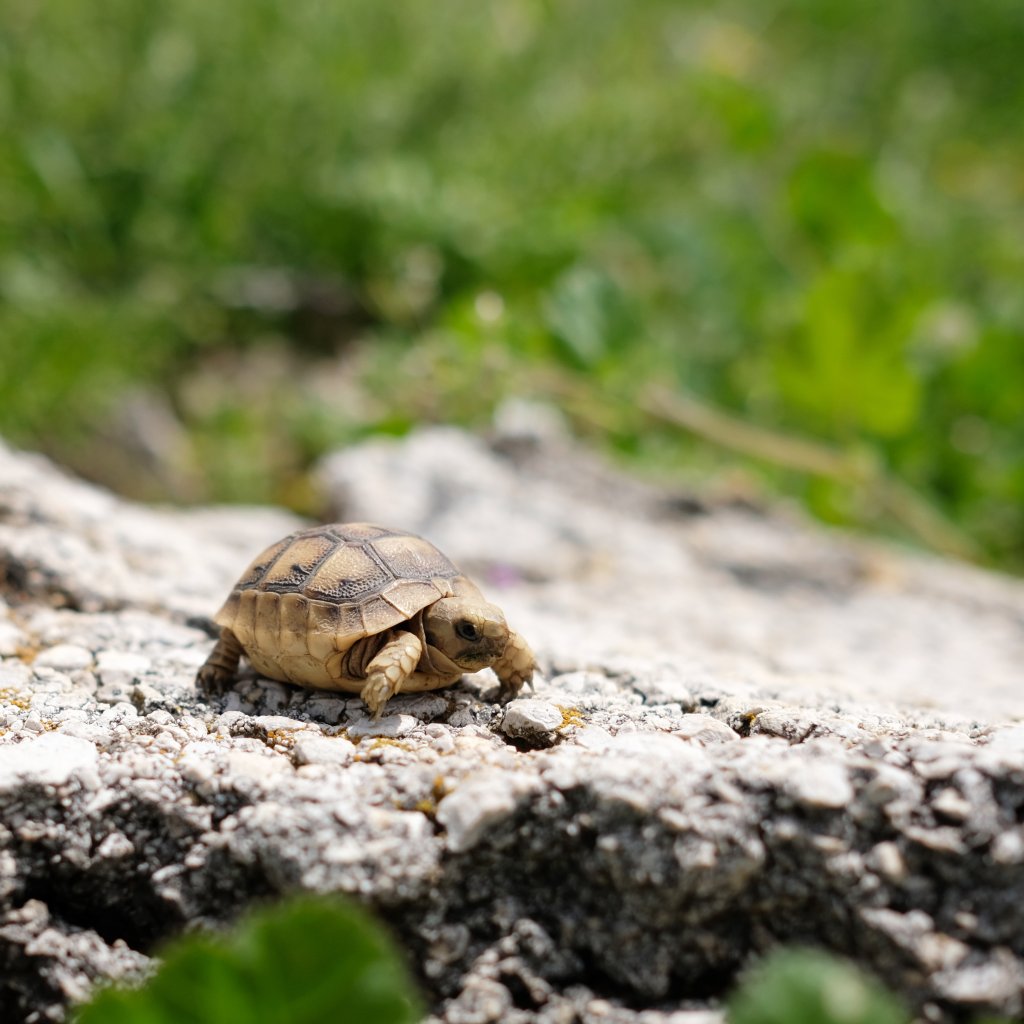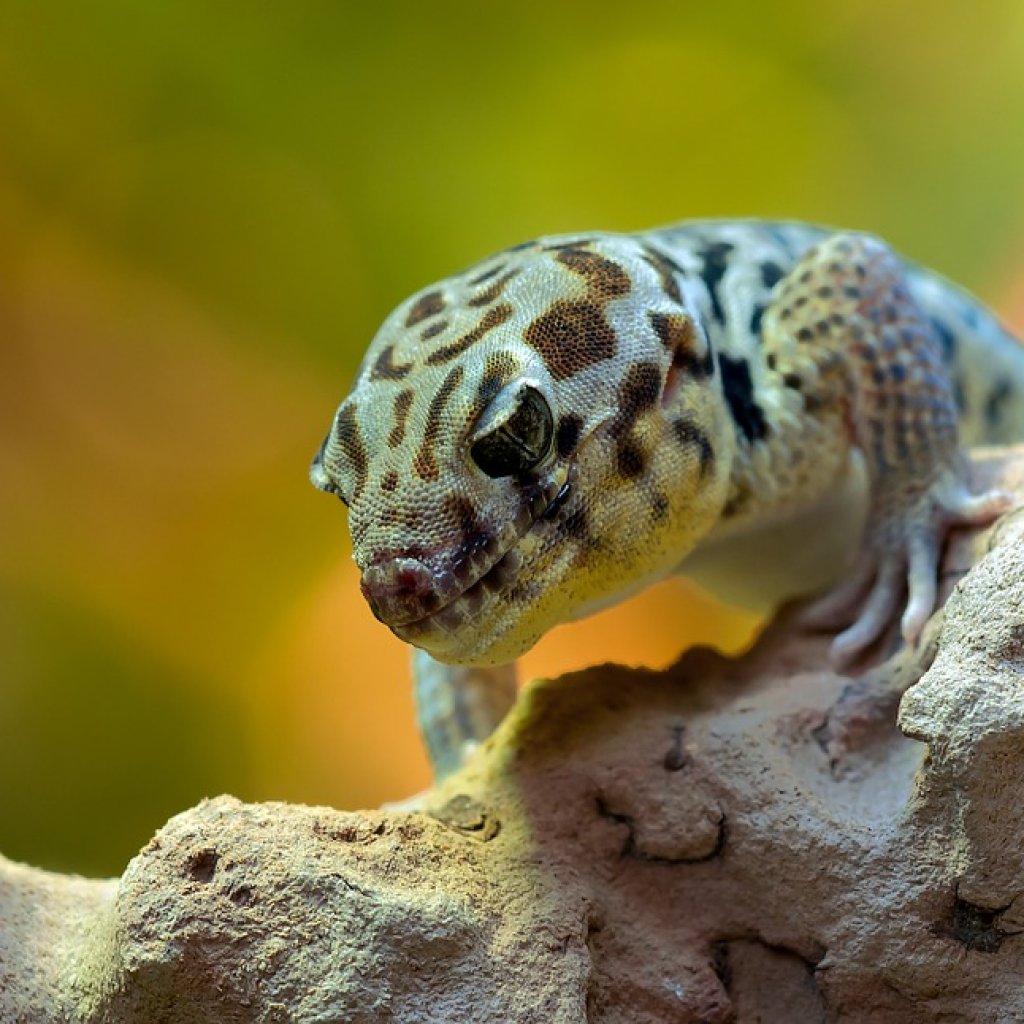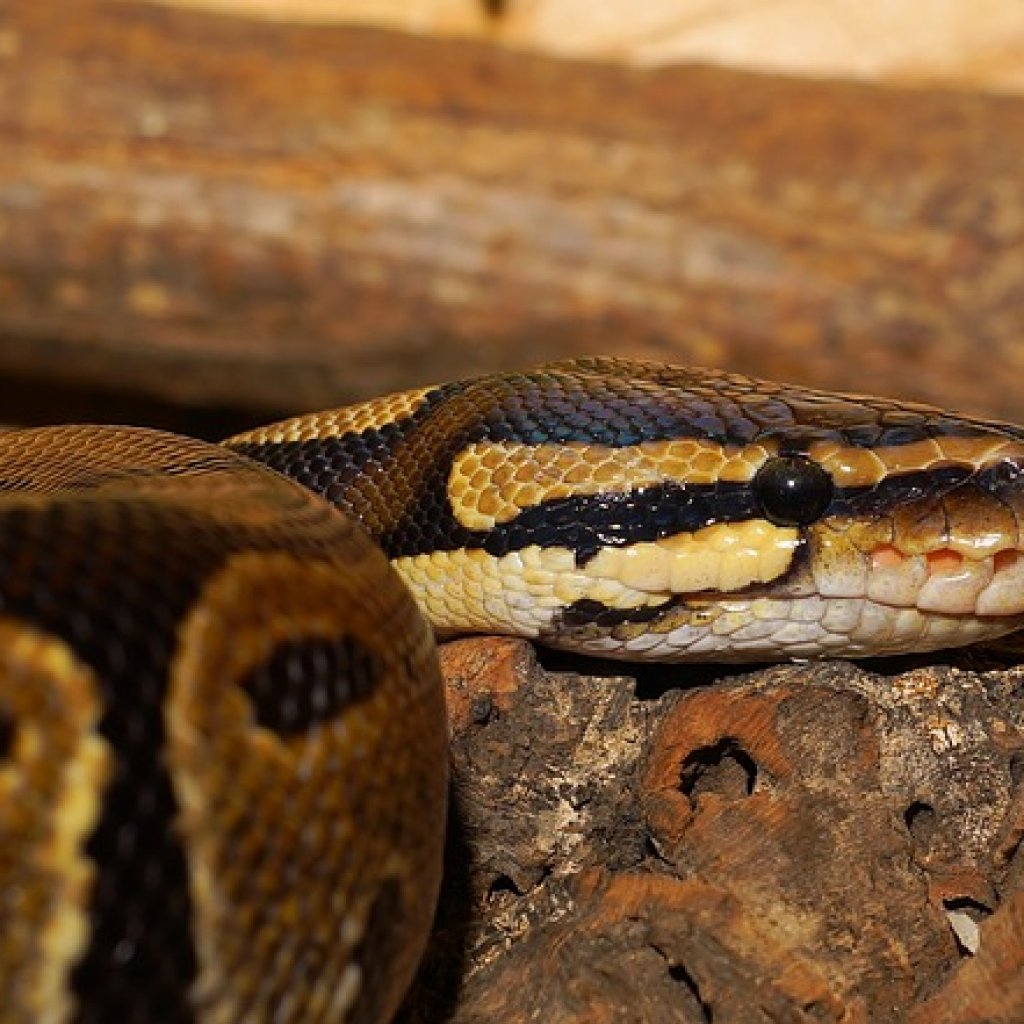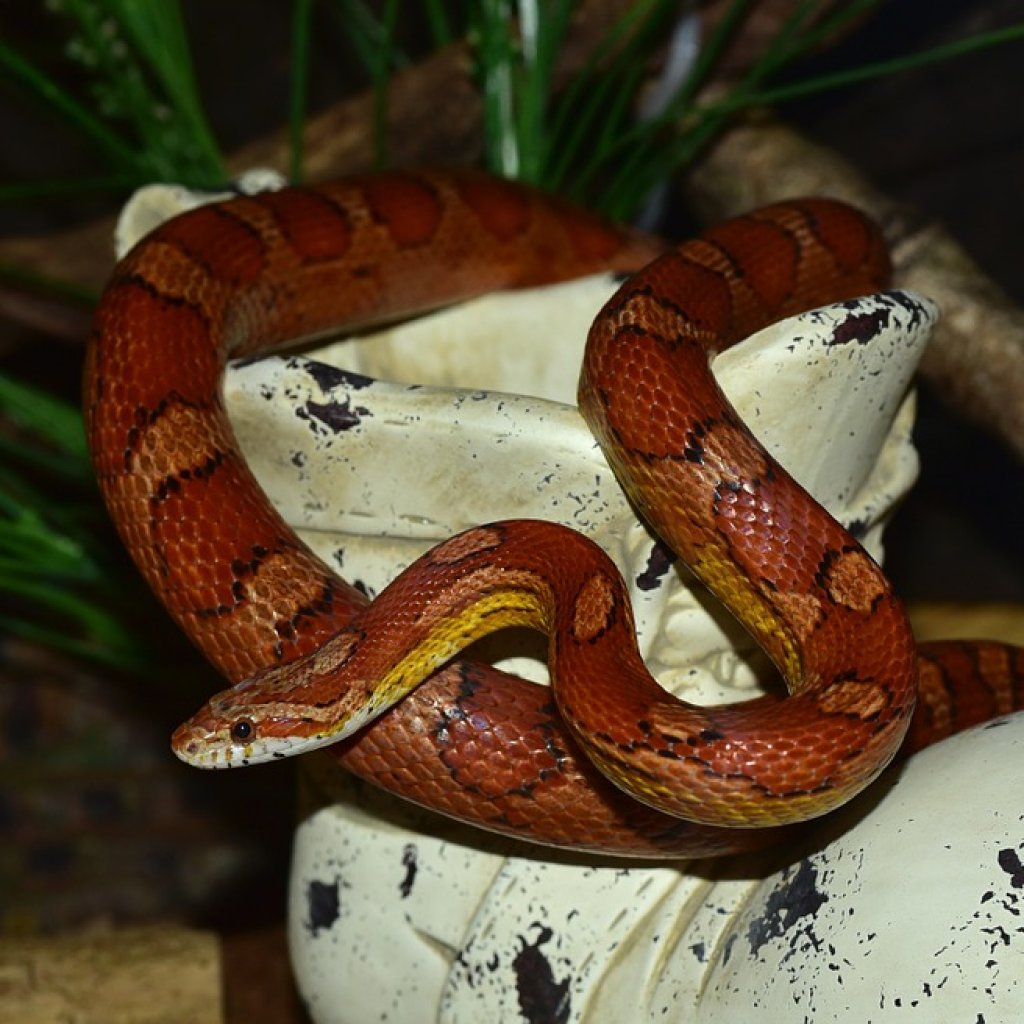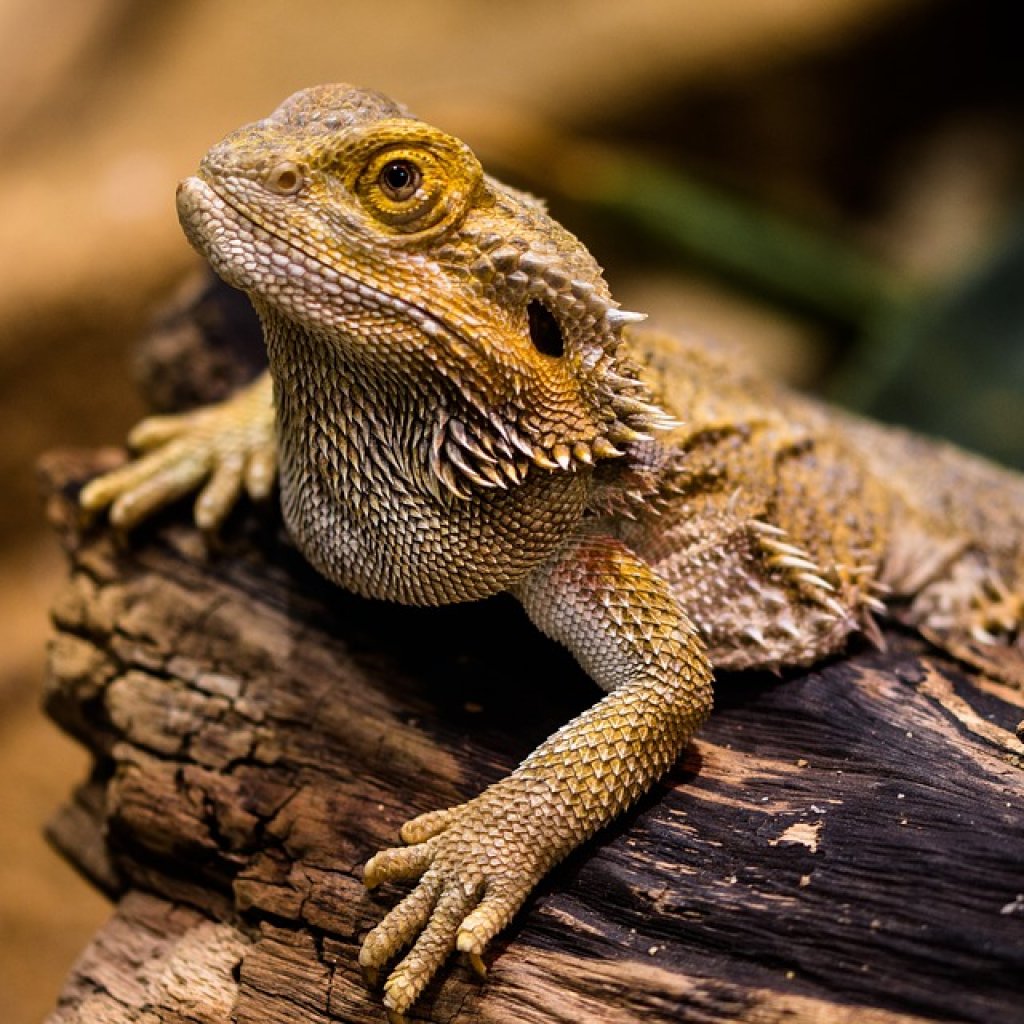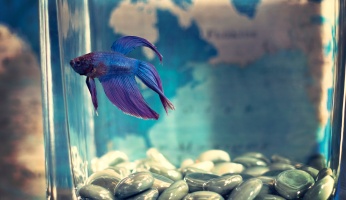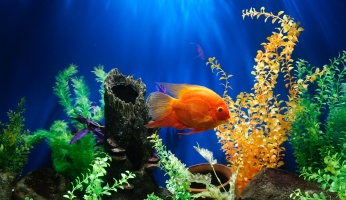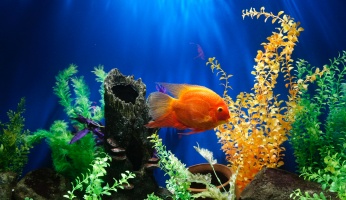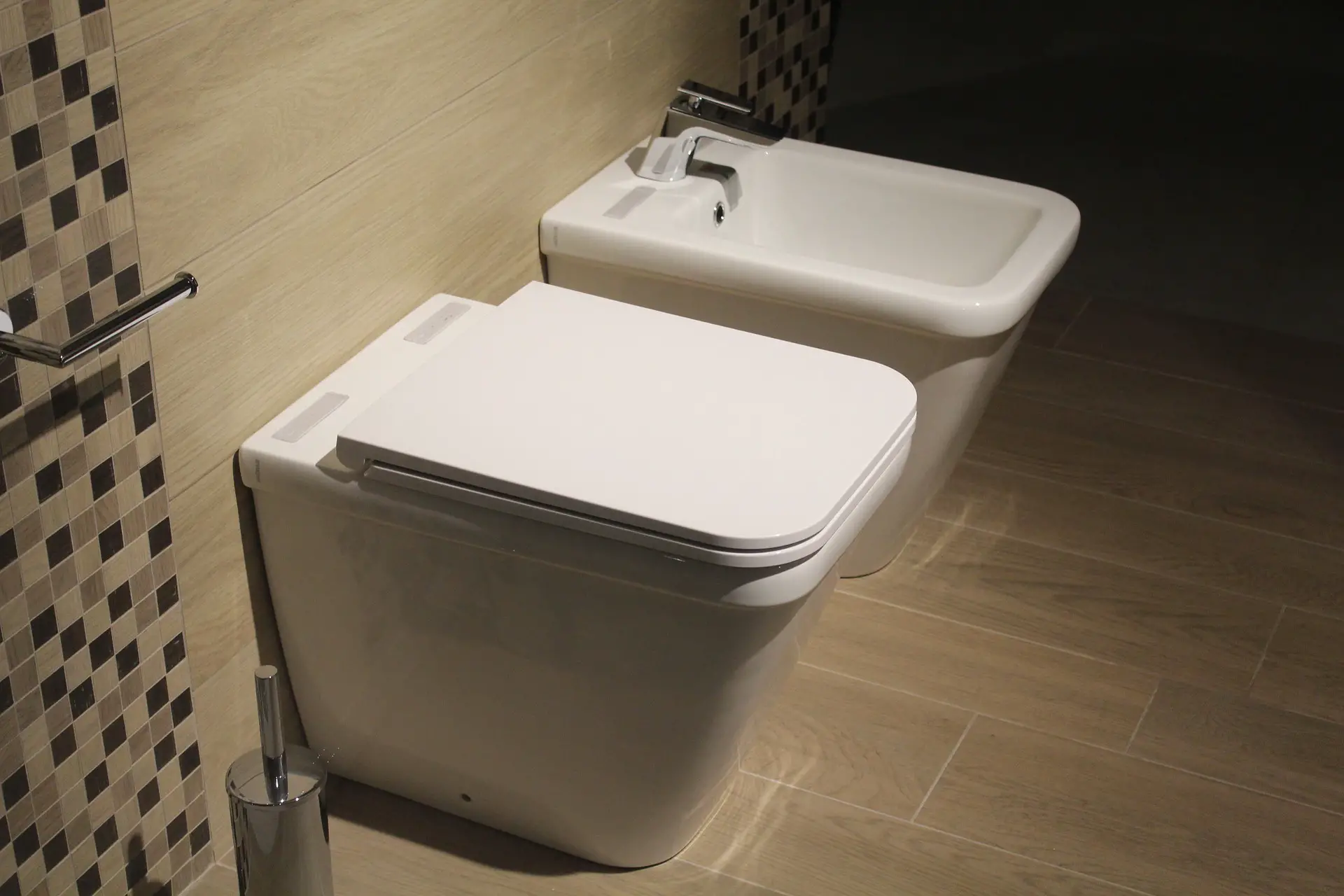Pet Reptile Supplies: Everything You Need to Know
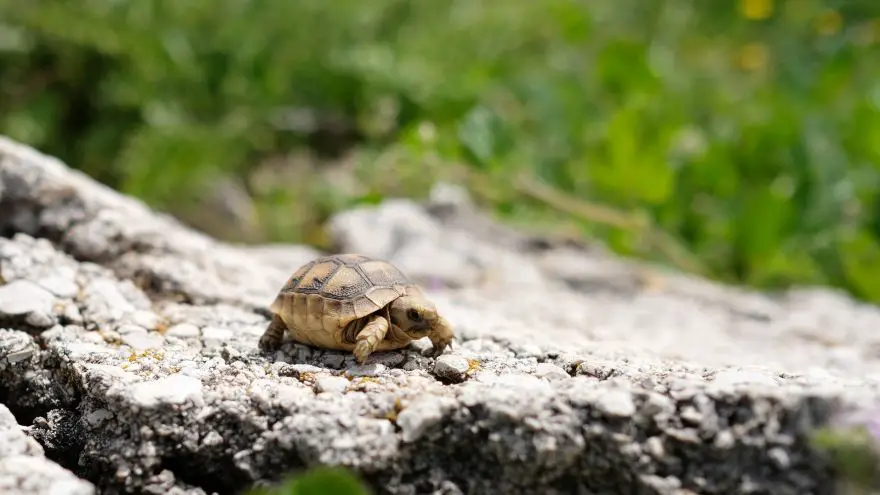 Pet Reptile Supplies: Everything You Need to Know
thegearhunt.com
Pet Reptile Supplies: Everything You Need to Know
thegearhunt.com
Keeping reptiles as a pet has become extremely popular in recent years. Not only are they confined to a certain area, but they are also easier to take care of, and certainly don’t wake you and the neighbors up with their barking in the middle of the night. Also, if you teach your children the safety precautions that should be taken ahead of time with pet reptiles, then it’s perfectly safe to have them around the kids. Not only are reptile pets easier to care for, but they are also hypoallergenic, so you don’t have to worry about your allergies or your family’s allergies acting up as you do with animals such as dogs, cats, guinea pigs, and rabbits.
However, it is important to note that each breed of reptile comes with their own specific care instructions and unique requirements to keep them safe. It’s also best to choose the reptile that is best suited to your lifestyle. In this blog, we will go into the best reptiles to keep as pets, some safety tips for having children around reptiles, and some tips and requirements for the supplies you need and how to set up your pet reptiles new home.
If you’re considering getting a reptile as a pet, then you need to read this blog first to ensure that you know what you’re getting into, how to handle them safely, and what you need to get the ball rolling. So, without further ado, let’s dive right into our blog on pet reptiles and the supplies you need to make your new pet happy and healthy in his new home.
Best Reptiles to Choose as a Pet
As previously stated, it’s important to not just run out and grab the first reptile you find in your local pet store as a pet. You need to do your research to determine if the reptile you’re considering is a good fit and if you fit one another’s lifestyle as well. In this section of our blog, we will go into some of the reptiles that make the best pets.
The Water Dragon
While many people want to adopt an iguana as a pet, they don’t realize how much space this reptile takes up or that they can be quite aggressive. The better option is the water dragon, which has some of the same features as an iguana but is smaller and much less aggressive, especially if you have kids in the home. These reptiles are full of spunk and personality and a joy to watch. Their habitat requirements are pretty easy to fulfill as well.
The Crested Gecko
This is a tame and entertaining pet to have and since they need their enclosure to be tall, they make the perfect pets for someone who doesn’t have a lot of room to spare. They eat bugs and commercial foods made for them and are pretty easy to care for. Their eyes and the long crest on their bodies make them look like characters out of a cartoon.
The Russian Tortoise
The Russian tortoise is easy to care for turtle and much better suited to a busy family than the more popular red-eared slider because they are so easy to care for. However, it is important to note that turtles have a life expectancy of 50 years so you must be in this for the long haul if you choose this reptile as a pet. They are sort of small, only reaching from eight to 10 inches and have very little water requirements because they get most of their water from their food.
The Ball Python
If you have a fascination with snakes as pets, then you probably already know that it’s important that you choose one that is safe, or as safe as something from the wild can be. The snake that makes the best pet is the ball python. These snakes are a little on the shy side and smaller in size than many snakes, making them the perfect choice for a beginner snake owner. They usually range from three to five feet in length. However, they do have a life expectancy of 25 to 30 years, so make sure you can make that kind of a commitment before you adopt one of these reptiles. They also don’t have elaborate requirements for their living space, making them the perfect legless reptile pet.
The Corn or Rat Snake
If you are looking for a small snake that is calm, then the corn or rat snake is a better option for you. These snakes love to climb, burrow and hide, so it’s important to have branches in their enclosure and places for them to hide as well. They are very curious creatures and will escape if they see an opening, so make sure the enclosure you put them in is very secure with no way out.
These are a few of the best reptiles to keep as pets out there today. Also, the bearded dragon and the leopard gecko make good pets as well. It’s important to take your time to determine which of these reptiles in the best for you and to make sure that keeping them is legal in the state that you live in, as different states have different laws concerning making certain reptiles pets. Do your research, ask around, choose which reptile is the best choice as a pet for you and your family, then head to your local pet store for more information and to make your choice. Remember, some of these reptiles are a lifetime commitment, so make sure you’re prepared for that as well.
Now, that we have gone into the types of reptiles that make the best pets, it’s time to go into what you need to have to set up a home for your slithery, reptile friend. Of course, there are different requirements for different reptiles, so we are going to just let you know what you need in general pretty much. With that in mind, let’s move into our section on the reptile pet supplies you’re going to need to get started, shall we?
Pet Reptile Supplies You Need to have from the Get-Go
Setting up a reptile terrarium for your new pet is one of the most important things you can do to keep your pet healthy and happy, but it needs to be done the right way. A habitat that is set up improperly can easily lead to serious illnesses and side effects for your new pet and can even be fatal. Below, we will go into some of the things you need and the best way to set them up for your pets maximum happiness and health.
The Terrarium Itself
Of course, you already know that you need a terrarium and an enclosure, that’s a no-brainer. However, the size and shape of the terrarium you choose if of the utmost importance. Terrarium shapes usually come in long or tall. It is first recommended that you should the size of your terrarium with the adult size of your reptile in mind so that they are able to grow. With land-dwelling reptiles, it’s usually best to go with a long shape, so that they have room to roam. For reptiles, such as snakes, that like to climb, a tall terrarium is better. Make sure for reptiles like turtles, you have a place in the tank where they can take a dip in the water when they feel like it as well.
The Lighting
Most reptiles should be put on a 12-hour lightness and dark cycle. This means that they need visual light for 12 hours of each day. Most enclosures will need two light bulbs, one for light and the other for producing heat, also called a heating or basking light. Make sure that you have both for your reptile pet to ensure they stay healthy and happy for a long time to come.
Heating Lamps
Some reptiles, certainly not all, have very specific needs when it comes to heating and light. If you have chosen this type of reptile as a pet, then it is possible that you can get their heating and lighting from one source, a heating lamp. You need to be careful with these as they can start fires if left unattended. There are other options out there as well, such as a heating pad or heating tape. You have to watch the temperature carefully with heat tape as it can get too hot and cause accidental burns to your reptile pet.
A Reliable Thermometer
Since so many reptiles have heating and lighting needs that are specific, it’s extremely important to have a reliable thermometer to tell you the temperature inside their enclosure at all times. It is recommended to have two thermometers, one at one side of the enclosure and one beside the heat lamp to make sure it doesn’t get too hot or too cold for your reptile to remain healthy and survive.
A Hygrometer
A properly functioning hygrometer is imperative to keep the proper humidity in the enclosure. These put out mists and fog as needed.
Bedding and Substrate
The bedding and substrate needed for your reptile will, of course, vary according to the particular type of reptile you adopt. It is best to talk to your local pet store to determine which type of bedding and soil is best for your new reptile pet and go from there with your choices.
The Decor
Again, different reptiles need different decor in their enclosures to keep them happy. For example, a snake or lizard will need hiding places and places to climb to get away from it all. Most decor can be sprayed down as well to help maintain the humidity in tropical tanks.
This is pretty much the list of things that you will need to get started on being a pet reptile owner. Remember, do your research first and make sure that you know what type of food to feed your reptile as well. According to the reptile you choose, they will probably have a very specific diet. You know snakes eat mice, lizards thrive on veggies and even insects. Make sure that you know what to feed your reptile before you ever give him his first meal, however, because they can’t eat just anything and certainly not human food.
Make sure as well that you teach your kids everything from washing their hands after handling your reptiles to avoid salmonella and other diseases, how to lock the tank up tight after playing with your pet, and how to treat the pet with respect and not get rough with them. It’s important for your child to know that your reptile pet is not a toy and can be dangerous if harmed or if they feel threatened. If you teach your children this when they’re young, then you should have no problems, however, never leave your child unattended with they are with a pet, just in case.
It’s also important to make sure that you have a vet on standby that handles reptiles because not every vet does. You don’t want to have to travel for hours to have your reptile seen in an emergency or for a simple check-up, now do you? Make preparations ahead of time to have your reptile pet checked out by a nearby vet. You’ll be glad that you did in the long run.
This concludes our blog on pet reptile supplies and everything you need to know to set up the home for and take care of your new reptile friend. Have fun and remember a pet is a long-term commitment, so make sure you’re ready for it! Until next time, have fun with your pets, everyone!
